Edited by AceHand at 18-4-2023 05:31 PM
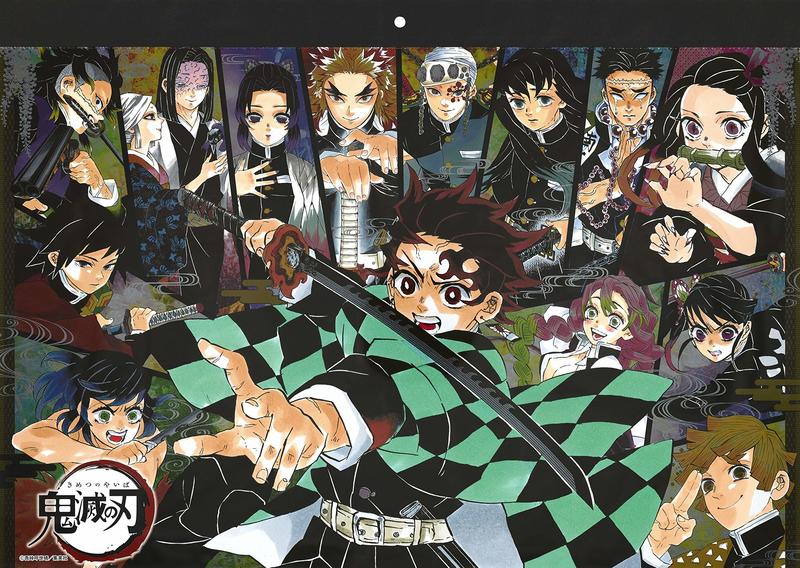
1)"Upper Moon" and "Lower Moon" of the "Twelve Kizuki"
In many of our articles, we have mentioned that the world of "Demon Slayer" begins in the Heian period of Japan (approximately 794 to 1192 AD). There was a boy named "Muzan Kibutsuji," who suffered from an incurable disease since childhood and almost died several times. Later, he met a skilled doctor who treated him, but Muzan mistakenly believed that the treatment was not only ineffective but also worsening his condition. He killed the doctor in anger. However, after the doctor's death, Muzan found that not only did his body recover, but he also gained an immortal and resilient body. But because he killed the doctor too early, he did not take the final dose of the doctor's medicine, the "Blue Spider Lily," and mutated into the strongest monster that is immortal but thirsty for human flesh. His fatal weakness is that he dies when exposed to sunlight...and this is the earliest appearance of a "demon." The "Twelve Kizuki" refers to the twelve most powerful demons under Muzan's command, with six of them called "Upper Moons" and the other six called "Lower Moons." 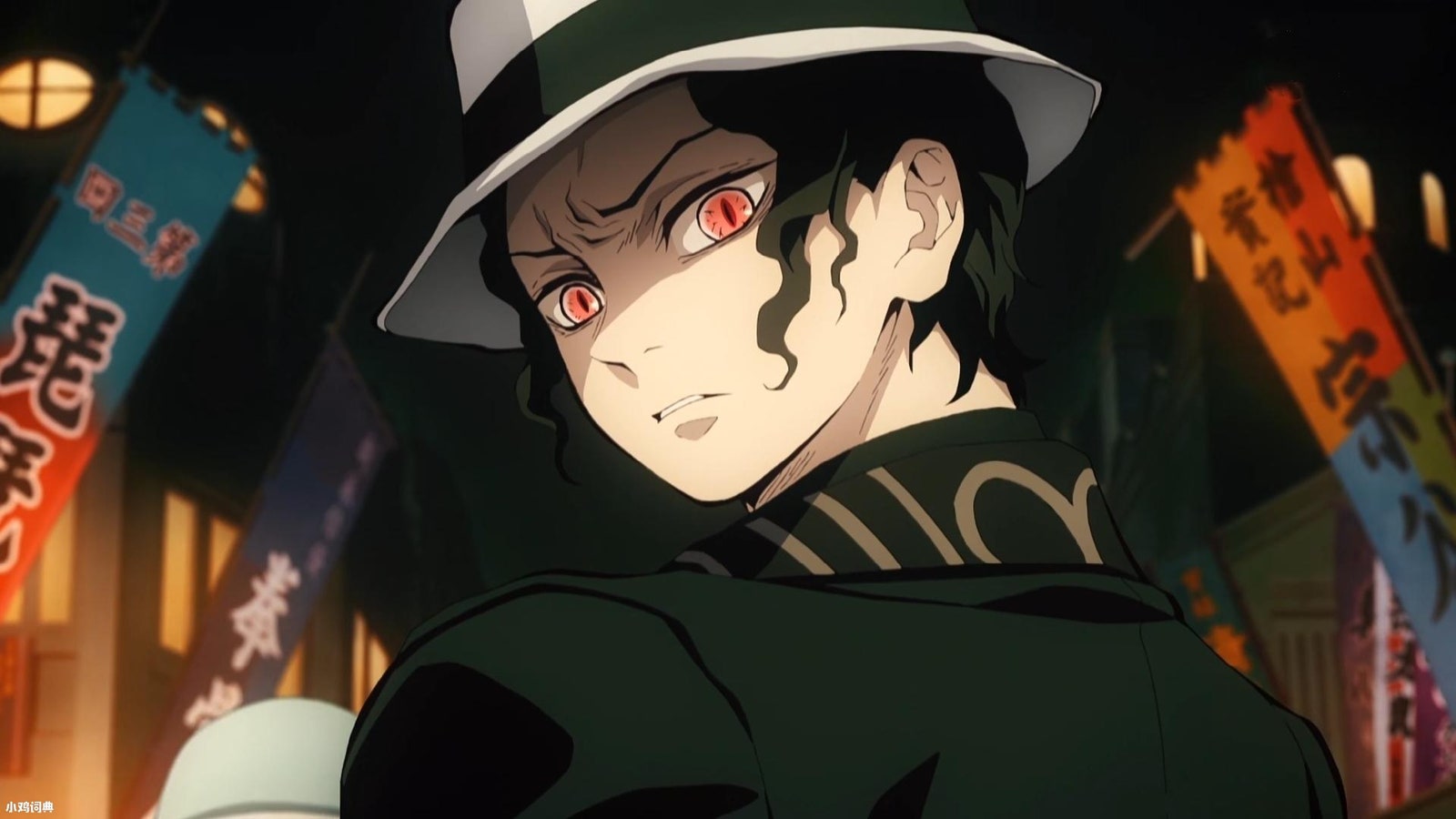 To find the "Blue Spider Lily" and to exterminate the "Demon Slayer Corps," who have always wanted to kill him, Muzan began to use his blood to transform a large number of humans into "demons." In the worldview of this story, almost all demons are created by Muzan, so he can accurately locate every demon through his own "blood" in other demons and even read their minds if they are close enough. Also, because almost all demons have Muzan's blood, if any demon disobeys or betrays him, Muzan can directly activate a "curse" to "destroy" the demon. 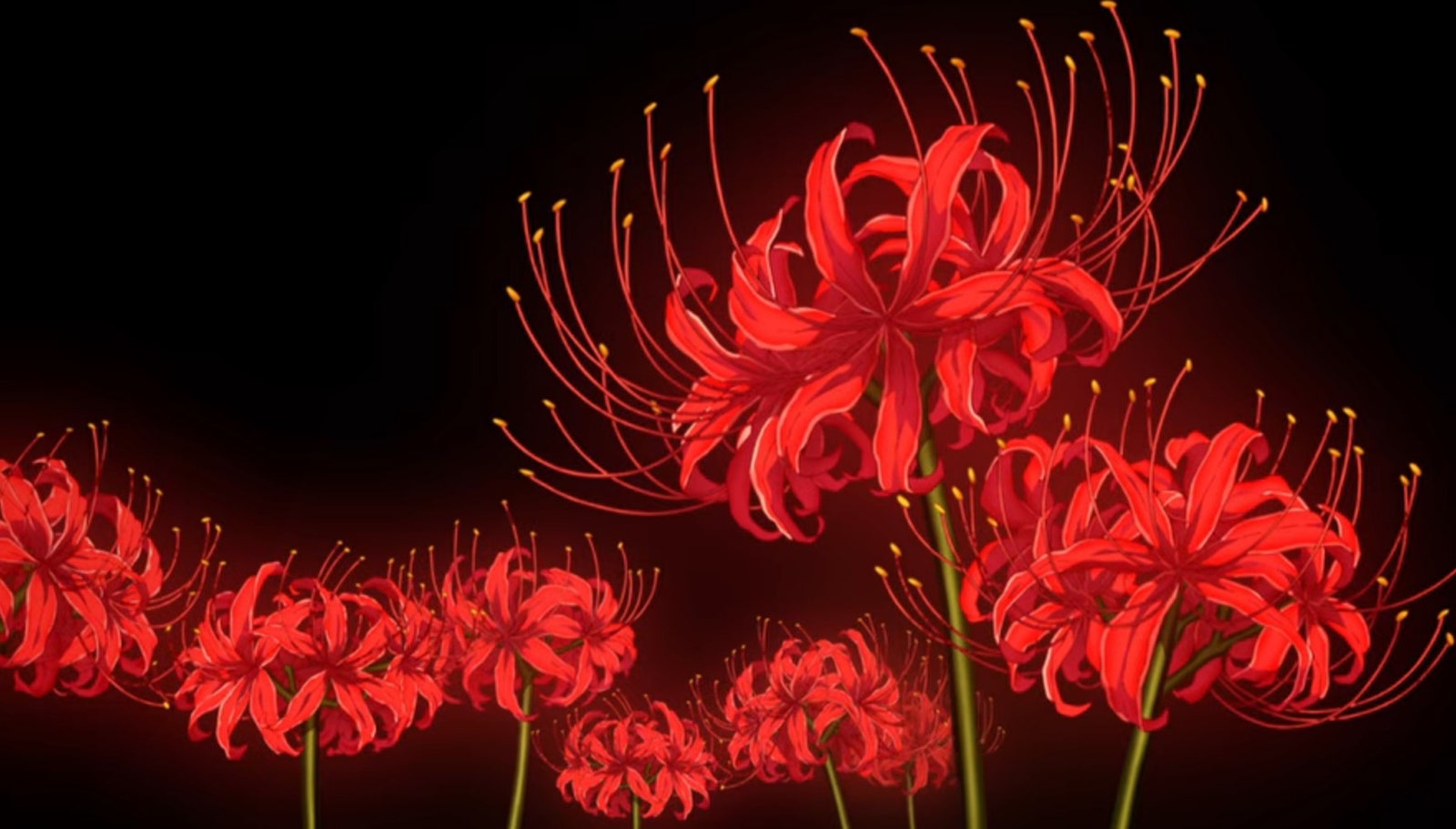 The so-called "Twelve Kizuki" refers to the twelve strongest demons created by the progenitor demon king Muzan. The "Twelve Kizuki" are divided into "Upper Moons" and "Lower Moons," with six demons in each category, and are ranked in order of strength using numbers, with "One" being the strongest and "Six" being the weakest. Therefore, the strongest demon in the "Twelve Kizuki" is "Upper Moon One," and the weakest is "Lower Moon Six." In addition to being bestowed with the title by the demon king Muzan, demons can also challenge the demon of the same rank and replace them as one of the "Twelve Kizuki." 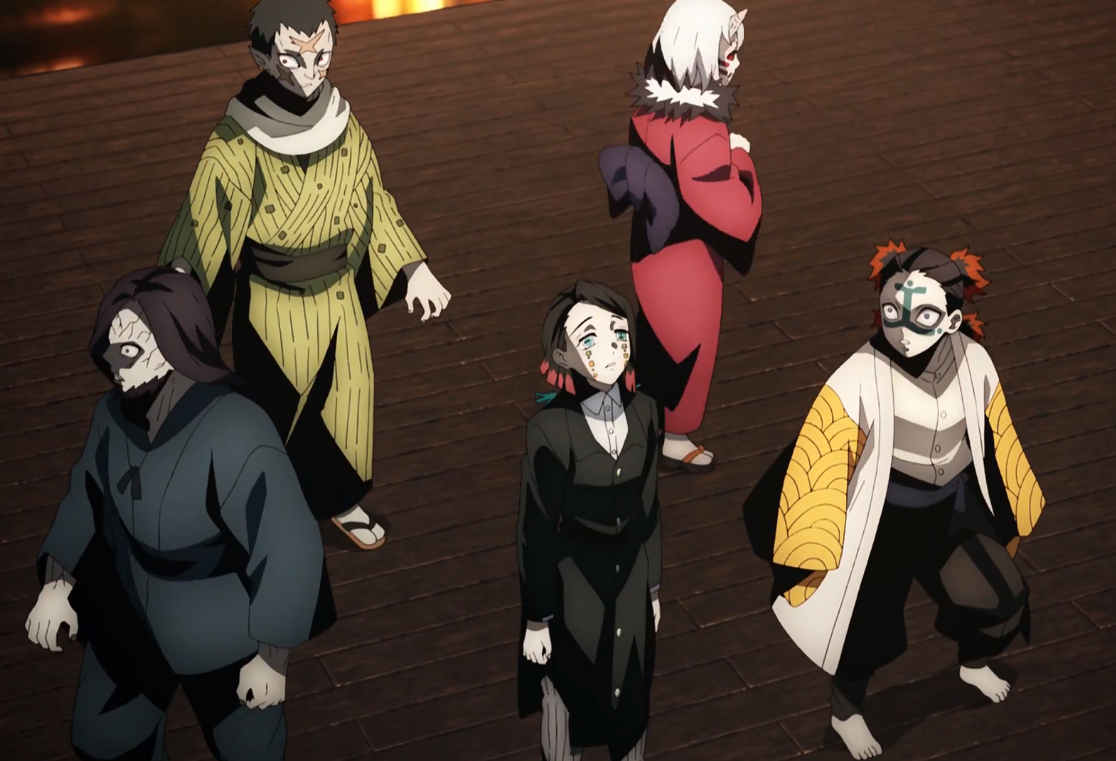 Although the "Upper Moons" are considered the strongest demons among the twelve in the world of the story, there is still a significant power gap between them and the "Lower Moons." The strength of an "Upper Moon" is generally equivalent to that of three "Pillars" in the Demon Slayer Corps, while the "Lower Moons" are easily overwhelmed by the "Pillars" in combat (though they still pose a significant threat to most other members of the Corps). In the anime adaptation before the events of the "Demon Slayer: Mugen Train" film, after the "Lower Moon Five" was killed by the main character, Tanjiro, Muzan Kibutsuji (the progenitor demon) used his "Curse" ability to destroy all the other "Lower Moons" except for "Lower Moon One" in a fit of rage. "Lower Moon One" then became the primary antagonist of the "Mugen Train" arc and helped introduce a new "Upper Moon" character to the story for future developments. 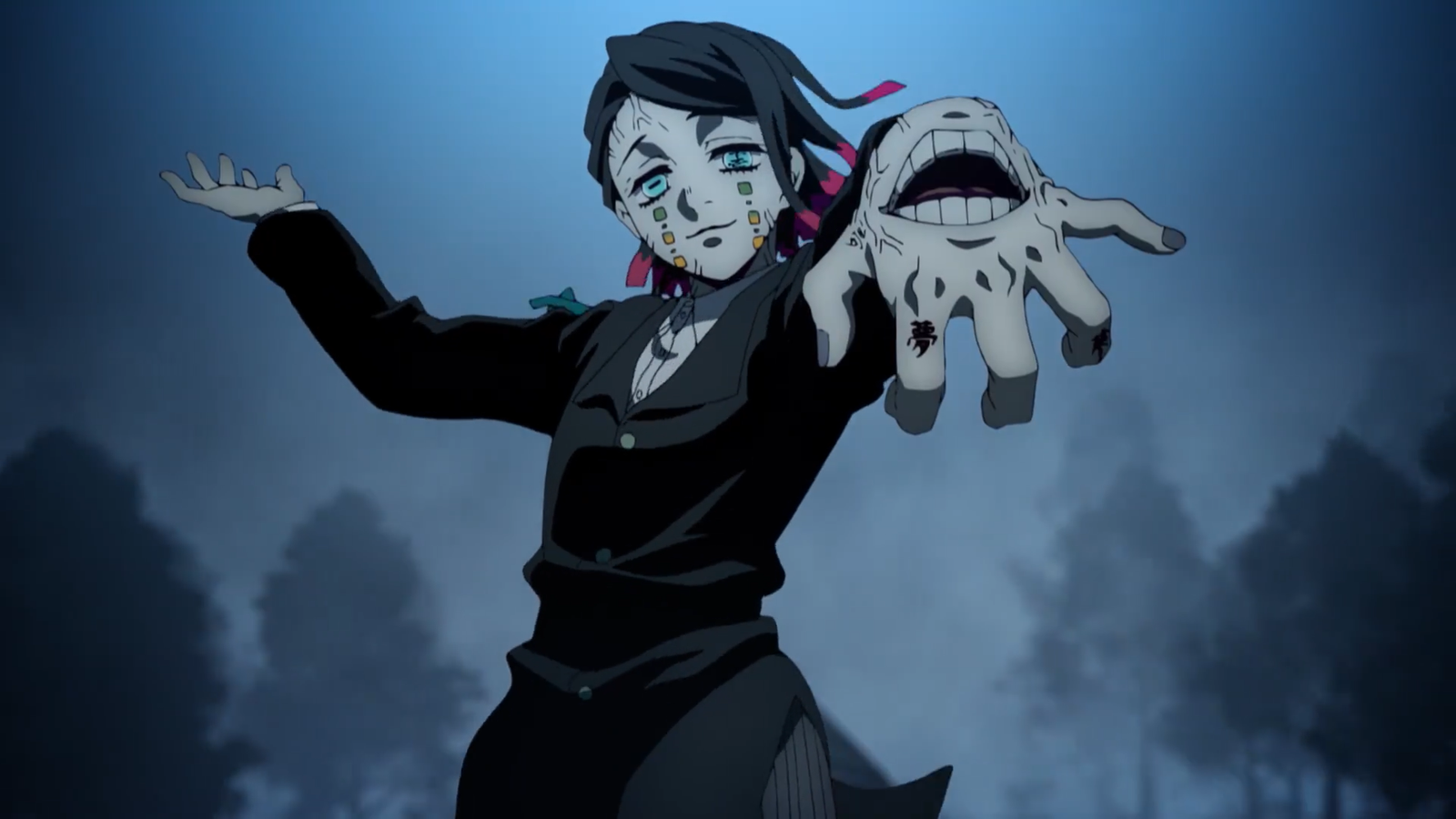
Many people wonder why Muzan decided to destroy almost the entire "Lower Moon" by himself. After all, even if they couldn't defeat the "Pillars" or the protagonist group with plot armor, they could still be useful against other enemies... From a plot perspective, it seems like Muzan did it because he felt that the Lower Moons were too weak and not improving, so he destroyed them in a fit of rage. However, it's possible that he also sensed the threat that the protagonist group posed in the future. In addition, in order for a demon's power to increase, Muzan needed to provide them with his own blood. Instead of wasting his blood on the Lower Moons, he may have preferred to invest it in the Upper Moons, which would have a higher return on investment... However, some people have analyzed that there is actually one real reason. As we mentioned before, "Demon Slayer" was not very popular when the manga began serialization in 2016, but it gained a lot of popularity after the anime was released in 2019. Therefore, the author may have wanted to wrap up the story quickly at the time and simply deleted the plot of the protagonists fighting against "experience points"! 2)The "Pillars" of the Demon Slayer Corps The Demon Slayer Corps is basically a huge organization, which includes not only the swordsmen who mainly kill demons in the foreground, but also the medical team and the "logistics team" that are responsible for cleaning up the aftermath of the battles between the swordsmen and the demons. Among the swordsmen who mainly kill demons, they are generally divided into ten levels based on the "Heavenly Stems", with "Gui" being the weakest. As for the main character Tanjiro Kamado, he started out as the weakest and most basic "Gui" when he first joined the Demon Slayer Corps. According to later plot developments, he upgraded to "Geng" after the story of "Demon Slayer: Mugen Train", and then became "Bing" after defeating "Upper Rank 6" together with the "Sound Pillar" Uzui Tengen in the red-light district. 
The "Pillars" of the Demon Slayer Corps are the highest-ranked swordsmen, higher than "Kanoe" level. They are called "Pillars" because they are the organization's foundation. In the main story of "Demon Slayer," there are currently nine "Pillars": "Mist Pillar" Muichiro Tokito, "Insect Pillar" Shinobu Kocho, "Flame Pillar" Kyojuro Rengoku, "Sound Pillar" Tengen Uzui, "Stone Pillar" Gyomei Himejima, "Love Pillar" Mitsuri Kanroji, "Wind Pillar" Sanemi Shinazugawa, "Snake Pillar" Obanai Iguro, and "Mist Hashira" Giyu Tomioka. In the past, there have been many "Pillars" who have retired due to various reasons, including death in battle, age, or personal reasons. Retired "Pillars" often become "Trainers" to train new Demon Slayers. Examples of "Trainers" in the series include the former "Water Pillar" Sakonji Urokodaki, former "Thunder Pillar" Jigoro Kuwajima, and former "Flame Pillar" Muzan Kibutsuji. Although the "Pillars" often practice and spar with each other using wooden swords, there is no clear hierarchy or definitive way to determine who is stronger. Therefore, many fans try to evaluate the strength of the different Pillars based on their performance and records in battles against the clearly ranked "Twelve Kizuki" in the story. However, this method of evaluation still has many flaws and cannot be used as an objective standard.  However, besides the "Pillars," many people also have many doubts about the system of ranking the "Celestial Stems." In fact, throughout the story, except for the basic setting mentioned at the beginning and the mention that the protagonist's level was upgraded after two major battles, the Demon Slayer Corps has always emphasized that the strongest are the "Pillars," without really making people feel the differences in strength between the levels of Jia, Yi, Bing, Ding, Wu, Ji, Geng, Xin, Ren, and Gui... Hmm... This is also one of the parts that many people say that the story of "Demon Slayer" left many settings and foreshadowing at the beginning but did not explain in detail until the end. |